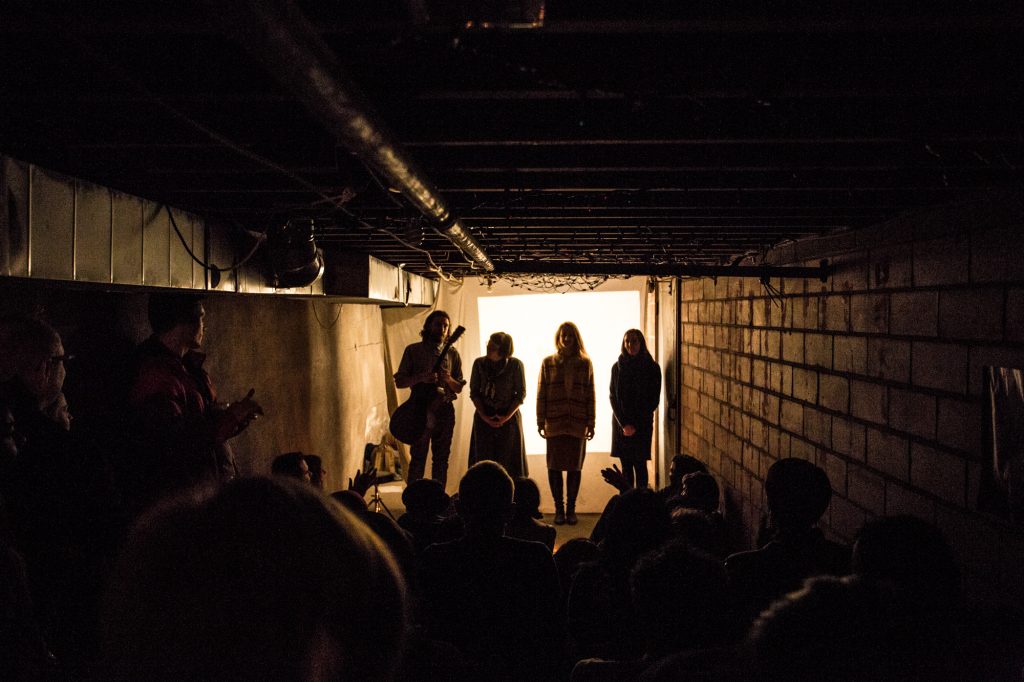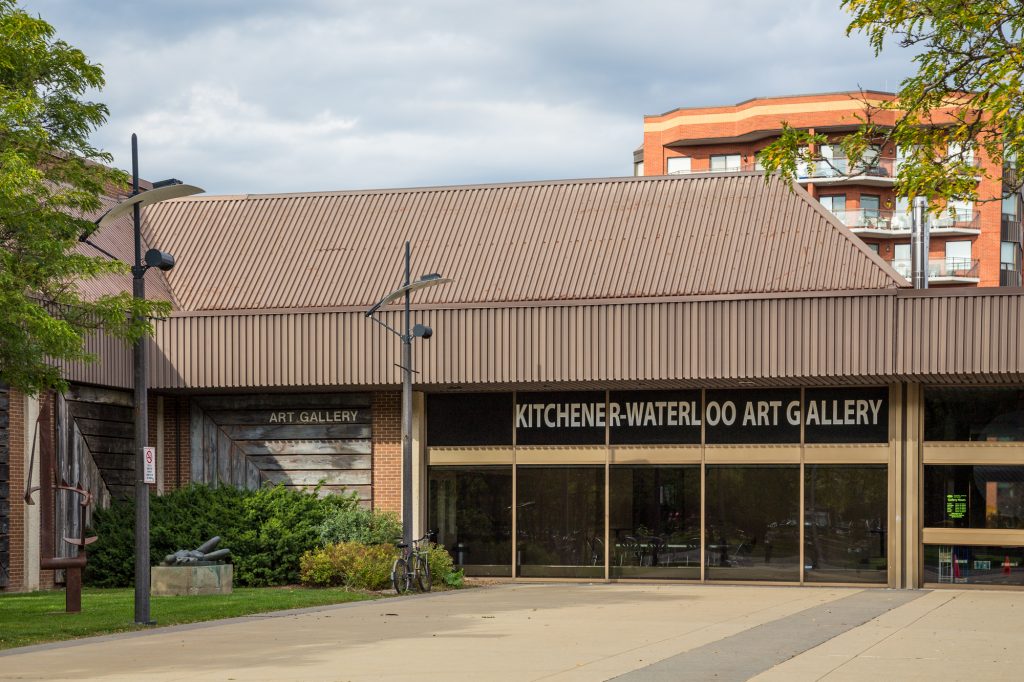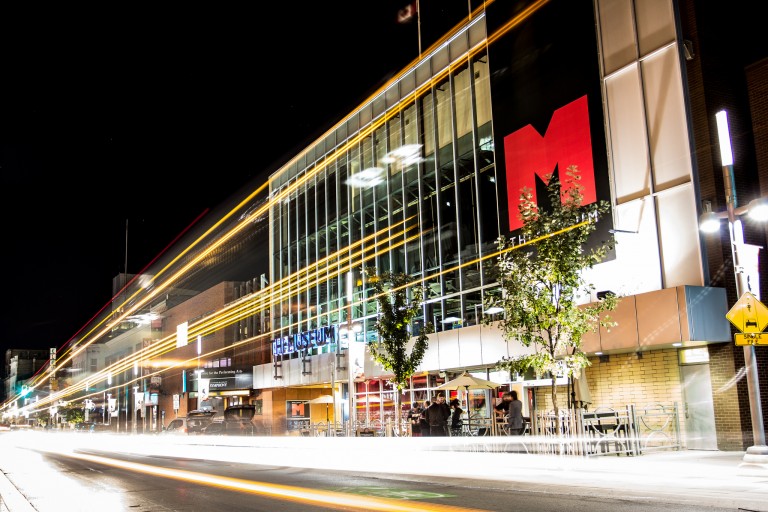I have recently heard statements about there being a lack of leadership in arts and culture in the Waterloo region; on the contrary, there is and it is strong. Leadership is not a singular phenomenon, nor does it encompass one organization or pilot program, or belong to a single individual. Arts leadership is multi-dimensional.
I witness arts and culture leadership in the exquisite and innovative performances of the Kitchener-Waterloo Symphony; in the extraordinary vision of boundary-pushing artists at the Canadian Clay and Glass Gallery; in the uplifting voices of Kitchener-Waterloo’s Grand Philharmonic Choir; and the joyful noise of children emanating out of the Maker Space at THEMUSEUM.
In the heart of the Civic District, Centre in the Square brings in top performers and the Kitchener-Waterloo Art Gallery continues to exhibit contemporary art and tackle big issues. I also see leadership in MT Space’s challenging and provocative productions, Registry Theatre’s plays, NUMUS’ contemporary music, and Neruda’s performances. It’s in the bold public art events organized by CAFKA and Night/Shift. It’s at Drayton Entertainment venues, our libraries, and art galleries I haven’t named.

Cultural leadership is practised in different ways and not only includes CEOs, senior managers, artistic and executive directors in our cultural institutions, but also educators and public officials who are developing and implementing policy for the cultural sector and local entrepreneurs in companies.
In the cultural world, a world I know very well, nobody has a monopoly on leadership.
Although leading the cultural sector does involve competently managing an organization — ensuring that it is financially viable, compliant and with qualified staff — it also means opening doors to different ways of thinking, feeling and experiencing the world, and bringing dynamism to the economy and wider society. In other words, the production of art in all its manifestations.
Cultural organizations face distinctive challenges. Cultural organizations are geared towards producing new ideas through the production of performances, exhibitions, and music – that which makes them cultural. Balancing this priority with the need to run a financially sustainable organisation, and one that makes a positive difference in the world, is what gives cultural leaders a unique set of challenges.

And here is a glimpse at the results of our arts and culture leaders’ good work. The Alliance for a Grand Community, composed of executive directors who lead various cultural institutions in our community, meets monthly, strategizing on how to work together and combine efforts on the cultural front for the benefit of the community The AGC was responsible for raising awareness of the value of our creative industries during the last election debates, as well as sharing and providing a brief on the federal government’s 150th anniversary funding initiatives. The Kitchener-Waterloo Symphony and the Kitchener-Waterloo Art Gallery engage with external organizations in the social services sector, such as Winston Park at Schlegel Villages to make a difference in our community’s seniors’ wellbeing and quality of life through music and art workshops. Arts organizations have embraced and welcomed Syrian refugees offering free programming in the arts. Our arts and culture community contribute to the necessary creative education of our children from kindergarten to grade 12.
Notwithstanding the wide range of artists and organizations that make up the arts and culture community in this region, there are occasions when the totality of their achievement is celebrated. The most obvious example is the Waterloo Region Arts Awards. From a different perspective, the City of Waterloo’s “Amplify” day-long summit in fall 2016 explicitly recognized the role of arts and culture right across the region.
The arts and culture sector in our region is connected to rich and diverse networks of supporters, funders and collaborators. They contribute to producing innovative and great ideas that make new ways of seeing, thinking and feeling possible – all about an expression of human freedom. Our cultural leaders have conviction and I have witnessed them work towards our community’s benefit and well-being in big ways.
Shirley is executive director of the Kitchener-Waterloo Art Gallery.

